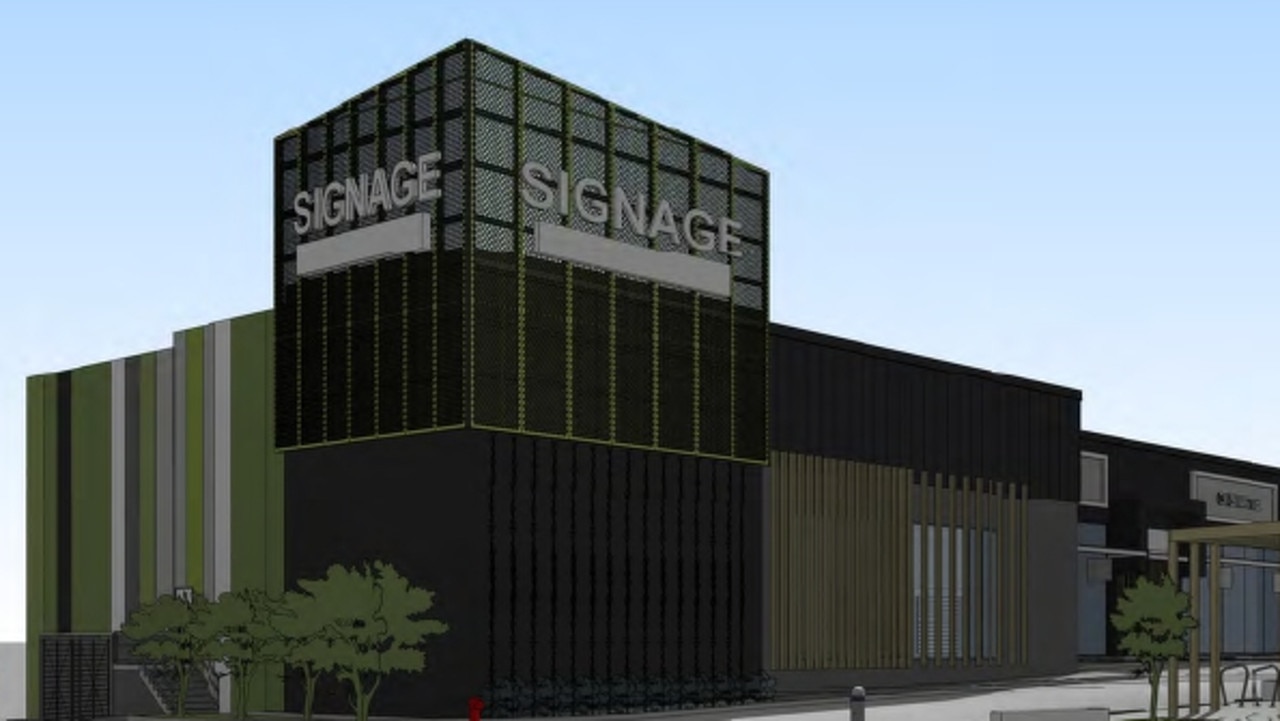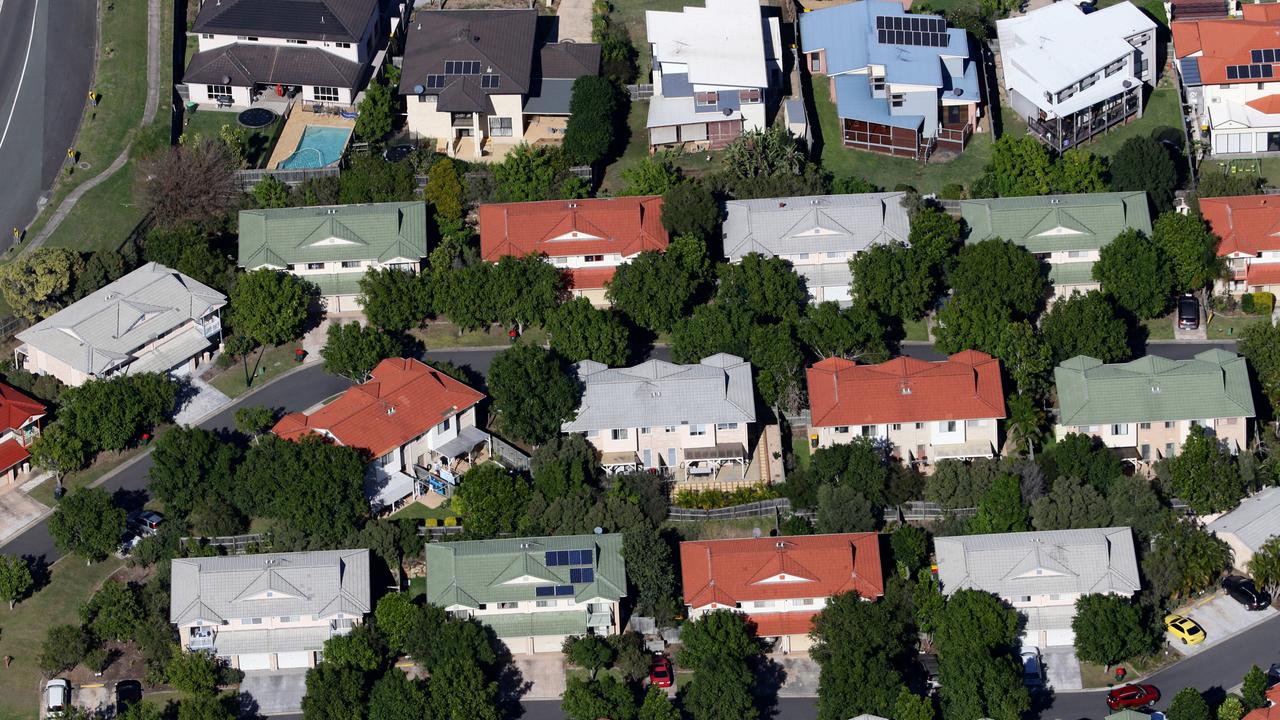Melbourne rental crisis: Rents soar by $160 per week in just one year across the city | PropTrack
Many tenants are scrounging for extra coin to cover $100+ weekly rent rises across the city. See how much your suburb’s median rent has gone up by in just one year.
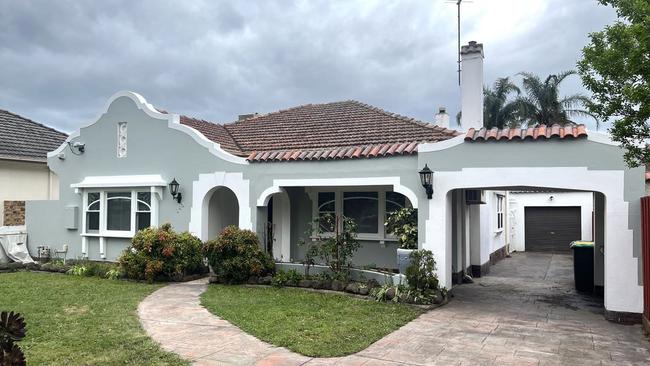
Property
Don't miss out on the headlines from Property. Followed categories will be added to My News.
Tenants are fleeing Victoria after rents in dozens of Melbourne suburbs jumped more than $100 a week in the past year amid a deepening rental crisis.
Families chasing an affordable house are being squished into fewer and fewer suburbs along the outskirts where rents fall below $400 a week, and it’s pushing lower income tenants into regional Victoria and even out of the state.
New research from PropTrack revealed rents had surged by more than $100 a week for units in nine suburbs, and for houses in 28 suburbs compared to this time last year.
RELATED: Melbourne office building rented out as residential bedrooms amid rent crisis
$350pw or less: Melbourne’s cheapest suburbs to rent revealed
Suburbs considered ‘horrid’ to rent in revealed
Tenants living in CBD apartments have been worst hit, paying a third more than last year after rents skyrocketed from $450 a week in September 2022 to $600 a week today.
PropTrack senior economist Paul Ryan said as rents continued to rise, lower income earners were not only moving to the outskirts of the city but completely out of the state.
“(People have been pushing) into regional areas and into places like southeast Queensland; and the other location increasingly lately has been Adelaide,” Mr Ryan said.
“We’ve seen huge amounts of migration from people in Melbourne searching for affordability.”
At the same time as Melbourne rents have grown in almost every suburb, leases have become less expensive in more than 100 Queensland suburbs.
However, Mr Ryan said he would be “very surprised” if rents continued to grow at the same pace over the next 12 months after such a rapid increase.
“We’ve got vacancy rates all across Melbourne below 2 per cent, so very low, very tight rental conditions, very few available rentals,” he said.
“That points to continued strong rental growth, but hopefully not to the same extremes that we’ve seen over the past 12 months.
“That puts a huge amount of financial pressure on any renter regardless of where they sit on the income spectrum.”
Barry Plant Yarra’s Edge branch manager Geoff White said there were a number of trends contributing to rising demand for rentals in and around the CBD.
Mr White said an influx of Melburnians who moved out into semi-regional and regional Victoria during the pandemic were returning and looking for a bolthole now that they were back working in the office.
“They’re looking to occupy a property in the city to ease the stress of commuting in and out; we’ve definitely seen a bit of a shift in that,” Mr White said.
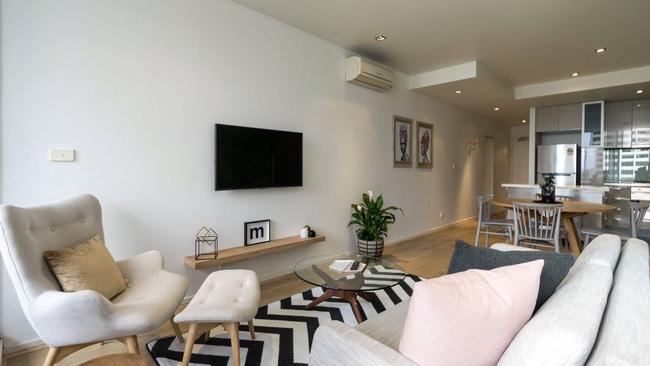
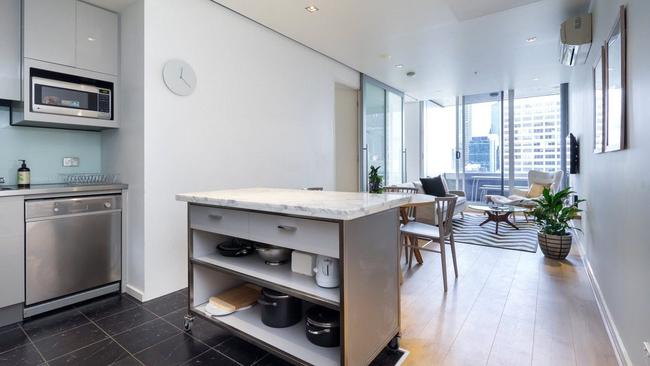
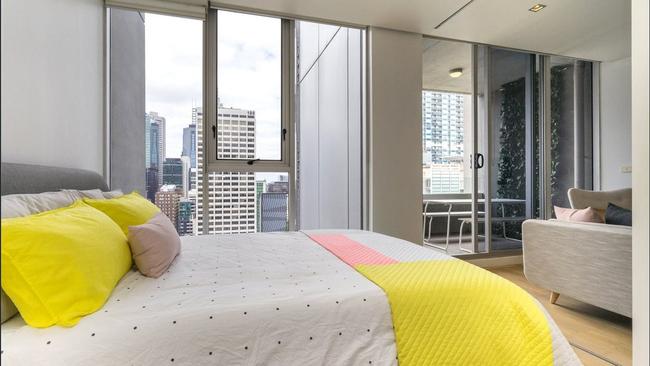
He added there were some people who may have ordinarily been buyers looking to rent instead.
“Perhaps the increase in mortgage rates has meant that those that may have bought something two or three years ago are now looking at renting something from an affordability perspective,” Mr White said.
“That’s added to the demand and hence pushed up rents for certain apartments.”
Others were choosing to rent rather than buy because of increasing ownership costs, including rising owners corporation fees and insurance.
In addition to these cost increases, stricter compliance measures and land tax hikes were also driving costs up for landlords, forcing many to raise weekly rents or sell their investment.
Mr White estimated a third of properties he was selling were from investors bailing out.
“Most of those properties, 90 to 95 per cent of them are being taken up by owner occupancies and not invested,” he said.
“So the rental stock is reducing in and around the city and that’s not good for the future.”
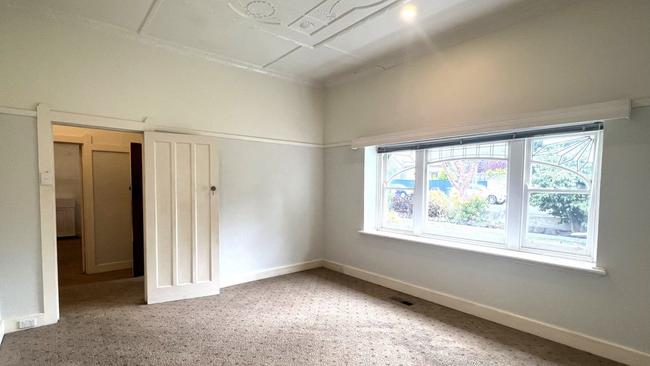
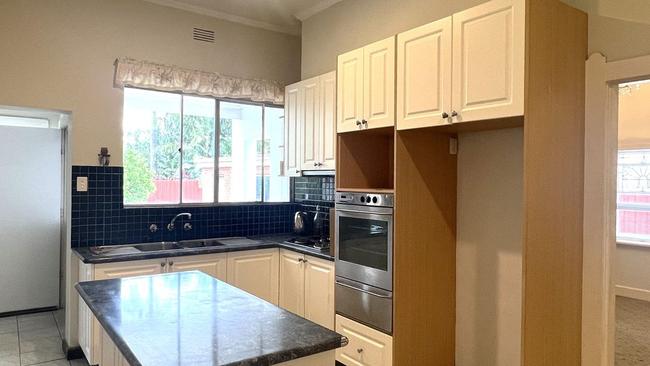
Tenants Victoria chief executive Jennifer Beveridge said “unsustainable rents” remained a challenge for tenants and as the pool of affordable rentals diminished it was people on the lowest incomes who were facing the greatest heat.
“People on lower incomes spending more than 30 per cent of their gross household income on rent is considered to be struggling with ‘housing stress’,” Ms Beveridge said.
“This is now all too common as most people rely on private rentals to find their home and we don’t have enough social and affordable housing to meet urgent community need.”
Sign up to the Herald Sun Weekly Real Estate Update. Click here to get the latest Victorian property market news delivered direct to your inbox.
MORE: Return of the dump? Rundown home scores $100k windfall
Hawks’ director scores eight-figure deal on Toorak mansion
First-home buyers’ given ominous 14-month deadline
sarah.petty@news.com.au

